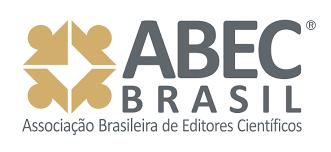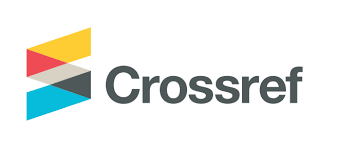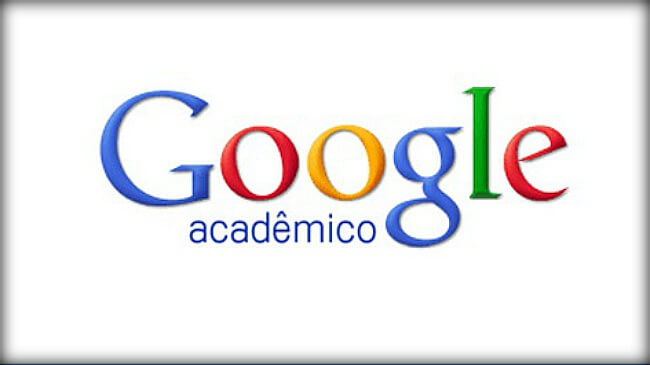REVOLUÇÕES TECNOLÓGICAS E A RELAÇÃO COM O SETOR TÊXTIL: PERSPECTIVAS BASEADAS EM INDÚSTRIA 3.5, INDÚSTRIA 4.0 E INDÚSTRIA 5.0
DOI:
https://doi.org/10.22407/1984-5693.2021.v13.p.149-161Palavras-chave:
Personalização, customização em massa, indústria têxtil, tecnologias emergentes.Resumo
As revoluções industriais da era moderna encontram-se em rápido desenvolvimento e conforme intensifica-se a utilização de tecnologias emergentes (análise big data, internet das coisas, sistemas cyberfísicos), consolida-se cada vez mais a quarta revolução industrial, ou Indústria 4.0. Todavia, sabe-se que alguns países não se adequaram tão rapidamente a essas mudanças tecnológicas, e se encontram em uma fase transitória entre a Indústria 3.0 e 4.0, chamada “Indústria 3.5”. Ainda considerando os aprimoramentos constantes das tecnologias surge um novo conceito, definido como Indústria 5.0. A tradicional indústria têxtil apresenta grande potencial para se aperfeiçoar considerando principalmente a quinta revolução industrial. Portanto, o objetivo deste trabalho é classificar as ramificações do setor têxtil e avaliar criteriosamente as perspectivas futuras de cada segmento de acordo com revoluções industriais apresentadas. Este estudo é baseado em revisão de literatura dos conceitos das indústrias 3.5, 4.0 e 5.0 em conjunto com análise crítica da área têxtil em relação aos avanços tecnológicos, podendo vir a contribuir positivamente com a indústria têxtil a partir de uma visão macro do setor, enaltecendo as tendências para as áreas que a compõem acerca das novas revoluções industriais.
Referências
AHMAD, S; MISKON, S; ALABDAN, R; TLILI, I. Towards sustainable textile and apparel industry: Exploring the role of
business intelligence systems in the era of industry 4.0. Sustainability 12 (7), 1-23, 2020.
ANEJA, AP; KUPKA, K; MILITKY, J; KADI, N. Textile Industry 4.0 – Preparing for Digital Future. Anais do 19º AUTEX 11–15, 2019.
ASLAM, F; AIMIN, W; LI, M; REHMAN, KU. Innovation in the era of IoT and industry 5.0: Absolute innovation management (AIM) framework. Information 11 (2), 1-24, 2020.
Automation in Garment Manufacturing: Automation in Garment Manufacturing. 1st rev. ed. Duxford: Elsevier; 2018. 168 p. 1 vol.
ISBN: 978-0-08-101211-6.
CHEN, C. Value Creation by SMEs Participating in Global Value Chains under Industry 4.0 Trend: Case Study of Textile Industry
in Taiwan. Journal of Global Information Technology Management 22 (2), 120–145, 2019.
CHIEN, C; HONG, T; GUO, H. An empirical study for smart production for TFT-LCD to empower Industry 3.5. Journal of the
Chinese Institute of Engineers, Transactions of the Chinese Institute of Engineers, Series A 40 (7), 552–561, 2017a.
CHIEN, C; HONG, T; GUO, H. A Conceptual Framework for “Industry 3.5” to Empower Intelligent Manufacturing and Case
Studies. Procedia Manufacturing 11, 2009–2017, 2017b.
CHIEN, C; TSENG, M; TAN, R; TAN, K; VELEK, O. Industry 3.5 for Sustainable Transition and Total Resource Management.
Resources, Conservation and Recycling 152 (2020), 1-2, 2020.
DEMIR, KA; DÖVEN, G; SEZEN, B. Industry 5.0 and Human-Robot Co-working. Procedia Computer Science 158, 688–695, 2019.
ELLITAN, L; ANATAN, L. Achieving Business Continuity in Industrial 4.0 and Society 5.0. International Journal of Trend in
Scientific Research and Development 4 (2), 235–239, 2020.
HALEEM, A; JAVAID, M. Industry 5.0 and its applications in orthopaedics. Journal of Clinical Orthopaedics and Trauma, 10
(4), 807–808, 2019a.
HALEEM, A; JAVAID, M. Industry 5.0 and its expected applications in medical field. Current Medicine Research and Practice 9 (4), 167–169, 2019b.
NAHAVANDI, S. Industry 5.0-a human-centric solution. Sustainability 11 (16), 1-13, 2019.
NORMAN, F. Key Factors to Promote Industry 4.0 Readiness at Indonesian Textile and Clothing Firm. Engineering, Mathematics and Computer Science 2 (2), 33–43, 2020.
OZKAN-OZEN, YD; KAZANCOGLU, Y; MANGLA, SK. Synchronized barriers for circular supply chains in industry 3.5/industry 4.0 transition for sustainable. Resources, Conservation & Recycling 161 (2020), 1-11, 2020.
OZKESER, B; KOLUMAN OEAS. Lean Innovation Approach in Industry 5.0. The Eurasia Proceedings of Science Engineering & Mathematics (EPSTEM), 2, 422–428, 2018.
PASCHEK, D; MOCAN, A; DRAGHICI, A. Industry 5.0 – The Expected Impact of Next Industrial Revolution. Managment
Knowledge Learning International Conference, 125–132, 2019.
RUIKAR, DD; SANTOSH, KC; HEGADI, RS. Automated Fractured Bone Segmentation and Labeling from CT Images. Journal
of Medical Systems 43 (3), 2019.
SIMONIS, K; GLOY, YS; GRIES, T. Industrie 4.0 - Automation in weft knitting technology. IOP Conference Series: Materials Science and Engineering 141 (1), 1–10, 2016.
TSAI, WH. Green production planning and control for the textile industry by using mathematical programming and industry 4.0 techniques. Energies 11 (8), 2018.
Downloads
Publicado
Edição
Seção
Licença
Copyright (c) 2021 Revista Eletrônica Perspectivas da Ciência e Tecnologia - ISSN: 1984-5693

Este trabalho está licenciado sob uma licença Creative Commons Attribution-NonCommercial 4.0 International License.
Autores que submetem trabalhos a esta conferência aceitam que esta revista, bem como todo e qualquer trabalho publicado nela, estão sob licença Creative Commons 4.0 do tipo: CC BY - NC











